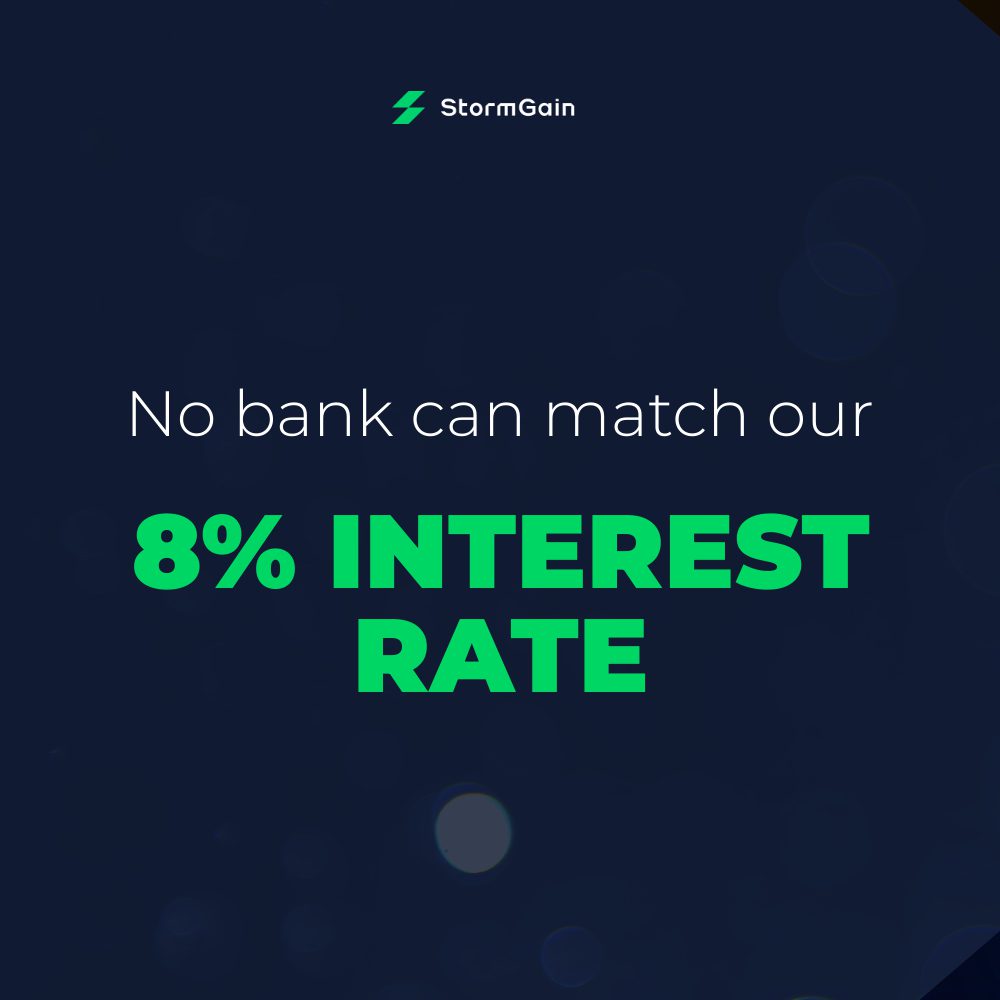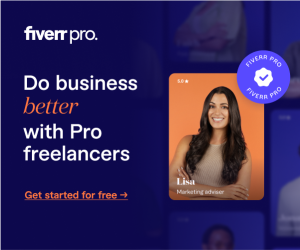Page Contents
Getting Your Affiliate Site Up, Running, and Making Money

Getting affiliate links is the easy part. Having a place to host them—now that’s a little more involved.
Having a place to host them where people will convert to buyers—that’s even more work. You need to create a place where people can find you, where they’ll want to come for information or assistance, and where they’ll leave only to go complete the sale (even though they may not realize they are ‘leaving’).
Nevertheless, it can be done. But before you do anything, you need to structure a game plan. You need to write the plan that gives you all the potential for selling that you need.
affiliate links but first, your plan
We won’t go into detail about how and where to get an actual website—that’s information you can find out easily enough and quite possibly already have.
We’ll throw out a couple of names like GoDaddy and HostGator, but also know that there are numerous hosts and website building templates ranging from the freebie that came with your ISP to being your own host.
The only point you need to know is that anyone can build a workable, attractive website;
and even if it’s not the best looking on the block, if it’s built so that traffic can come, they will.
What we want to focus on more is the structure of your website and/or websites. First off, we’ll talk about the individual sites themselves.
The Big Dogs

If you will be promoting more than one product—and to make money the way the Big Dogs, do you will need to—each related group of products should have their own dedicated site;
out of that group, you will focus on your one most promising product most of the time.
This site doesn’t need to be huge, it can be just a few pages in total—say between ten and twenty, depending on the number of products you’ll be selling; but it does need to incorporate all the elements that will gain you attention from the search engines, and thereby from visitors and buyers (targeted buyers with a need!).
Focused website
Eventually you will want to build a master website that directs to each of your smaller, product-focused websites. This will be the website you use to “clean-up” the rest of the traffic generated by the keywords you haven’t targeted—those generalities that aren’t necessarily on the verge of buying anything. But that can come later. First, build the sites that will sell and start making money sooner.
The plan affiliate links
So initially, your plan will look something like this:
Target markets and keywords
Choose specific affiliate products
Build a website around a specific group of products
Build more product-grouped websites for each affiliation
Create a master website that captures traffic, then links traffic to smaller product-specific websites
Let’s try to put this into perspective and give you a real-world example.
Okay
let’s suppose that you are selling fitness-related products—a variety of sorts from body-building supplements to fifteen-minute workout routines.
The buyers who are looking for muscle-building supplements and powders could probably care less about your crunch-time workout videos.
And you don’t look like much of a reliable authority by just slapping up one ad next to the other.
So, you break down each of those product types into groups, and market five or six or so together on one website dedicated to each. So instead of having a catch-all website with fitness products, you have two dedicated websites that specifically serve the needs of the visitors ready to buy. You have
• A 10-20 page website selling body-building supplements, and
• A 10-20 page website selling workout videos for the too-busy-to-exercise crowd
clarify

Each site gives your buyers what they need—not what the other needs.
After those sites are established and doing their thing, you can go back to that model of the fitness-products store and create sections and virtual “aisles” that point to these smaller dedicated sites.Now here we need to clarify a bit.
This structure is one of the number-one things that Big Dog affiliates do, and small players do not.
Testimonial 1: affiliate links
“As someone who’s dabbled in affiliate marketing with little to no success, the advice from the sakkemoto team was a beacon of hope. Following their strategy of creating smaller, dedicated websites for specific product groups was a game-changer. It allowed me to focus on niches and present myself as an authority, which significantly boosted my credibility and sales. Building a master website later to direct traffic to these niche sites was the final piece of the puzzle that skyrocketed my affiliate earnings. I can confidently say that sakkemoto.com’s approach has transformed my affiliate marketing journey from aimless to purposeful.”
Testimonial 2:
“I was skeptical at first about the strategy of splitting my efforts across multiple small sites instead of one big one. But the insights from sakkemoto.com made me give it a try. The result? An incredible increase in targeted traffic and conversions. Each site catered to a specific audience, making my offerings more relevant and my marketing more effective. The master website concept was brilliant, capturing broader traffic and funneling it to where it was most likely to convert. Thanks to sakkemoto.com, my home business isn’t just surviving; it’s thriving!”
Testimonial 3:
“The detailed guide on affiliate marketing provided by sakkemoto.com was exactly what I needed to kickstart my online business. Their strategy of building smaller websites focused on specific product groups not only made sense but also yielded amazing results. It was easier to rank for targeted keywords, and I became a go-to source in my niche. Implementing their master website strategy further amplified my reach and sales. Sakkemoto.com’s advice was practical, straightforward, and incredibly effective. I’m beyond grateful for their guidance on my path to affiliate marketing success.”
FAQ: Mastering Affiliate Marketing with Dedicated Websites
Q1: Why should I create smaller, dedicated websites instead of one large site?
A1: Smaller, dedicated websites allow you to focus on specific product groups and target audiences more effectively. This approach helps you rank better for targeted keywords, establish yourself as an authority in specific niches, and increase conversion rates by presenting tailored solutions to a well-defined audience.
Q2: How many pages should my dedicated websites have?
A2: A dedicated website can be effective with about 10-20 pages. This range allows you to cover the product group comprehensively, providing valuable information to your visitors without overwhelming them or diluting the focus of the site.
Q3: How do I select which products to group together on a dedicated website?
A3: Group products based on their relevance to a specific target audience or niche. Consider factors like the products’ uses, the problems they solve, and the interests of potential buyers. Keeping products closely related within each site ensures that visitors find exactly what they’re looking for, enhancing your site’s relevance and appeal.
Q4: What is the purpose of creating a master website?
A4: A master website acts as a central hub where you can capture broader traffic and direct it to your smaller, product-specific sites. This strategy helps you leverage general traffic and interest in your broader niche while ensuring that potential buyers are funneled to the sites where they’re most likely to make a purchase.
Q5: When should I start building my master website?
A5: Focus on establishing and optimizing your smaller, dedicated websites first. Once these sites are generating traffic and sales, and you have a clearer understanding of your broader audience, you can begin building your master website to capture and redistribute traffic more effectively.
Q6: Can I use the same marketing strategies for my dedicated websites and my master website?
A6: While some marketing strategies can be applied across all your sites, such as SEO and content marketing, you should tailor your approach based on the specific goals and audience of each site. Dedicated websites may require more niche-targeted strategies, whereas your master website could employ broader tactics to attract general traffic.
Conclusion: affiliate links
Diving into affiliate marketing with the strategy of using smaller, dedicated websites for specific product groups, followed by a master website, can dramatically increase your success. This approach allows for targeted marketing, better search engine rankings, and higher conversion rates by addressing the specific needs and interests of your audience.
As you embark on this journey, remember to stay focused, be patient, and continuously optimize your sites based on performance and feedback. With dedication and the right strategies, you’ll be well on your way to becoming a big player in the affiliate marketing world.
affiliated marketing financial freedom link marketing marketing
Last modified: 11 April 2024










Please am interested how do I start
What do you want to start please?
I wanted to join the group sir
Everybody is welcome! Thank you for your specification!
Ok sir
Starting a blog can be an exciting and fulfilling venture! Here are some basic steps to help you get started:
Choose a niche: Consider what you’re passionate about and what you’re knowledgeable in, and try to narrow down your focus to a specific niche or topic.
Choose a blogging platform: There are several free and paid blogging platforms available, including WordPress, Blogger, Wix, and Squarespace. Research each option and choose the one that best fits your needs and budget.
Choose a domain name: Your domain name should be unique, memorable, and relevant to your blog’s topic. You can purchase a domain name through your chosen blogging platform or through a separate domain registrar.
Design your blog: Choose a theme or design that matches your niche and your personality. Make sure your blog is easy to navigate and visually appealing.
Create content: Start creating quality, original content that is relevant to your niche and appeals to your target audience. Be consistent in your posting schedule and engage with your readers by responding to comments and feedback.
Promote your blog: Use social media, SEO, and other marketing tactics to promote your blog and attract new readers.
Starting a blog takes time and effort, but can be a rewarding experience if done correctly. Good luck in your blogging journey!
https://sakkemoto.com/internet-marketer-tools/
😍😍